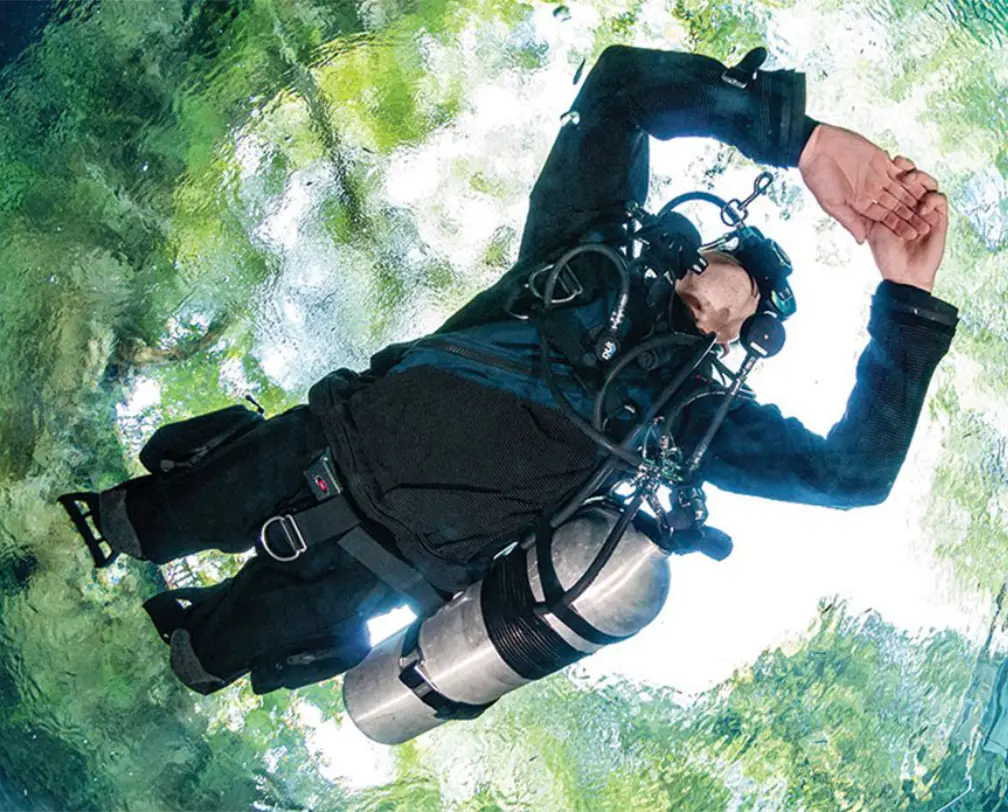Side mount diving is a scuba diving technique that involves carrying cylinders on either side of the body rather than on the back. This method of diving has been gaining in popularity in recent years due to its versatility and benefits over traditional back-mounted scuba diving. In this article, we will discuss the history, benefits, equipment, and training required for side mount diving.
History of Side Mount Diving
Side mount diving was originally developed for cave diving in the 1960s and 1970s as a way to carry extra gas cylinders in tight spaces. Since then, it has been adapted for open water diving and is now used by recreational divers and technical divers alike. The technique was further popularized in the early 2000s by divers like Steve Bogaerts, who introduced the first commercially available side mount diving harness.Benefits of Side Mount Diving
One of the main benefits of side mount diving is its flexibility. Side mount divers have the ability to adjust their cylinder configuration to suit their individual needs. This is particularly useful for technical diving, where divers require multiple gas cylinders to complete extended or decompression dives. Another advantage of side mount diving is the increased safety it provides. With cylinders located on either side of the body, divers can easily reach their valves and adjust their buoyancy without having to twist their bodies or look behind them. This makes it easier for divers to monitor their equipment and maintain better control of their diving. Side mount diving also has the added benefit of being more comfortable than traditional back-mounted scuba diving. By carrying the cylinders on either side of the body, divers can enjoy a more streamlined profile in the water, reducing drag and allowing for greater maneuverability.
Equipment for Side Mount Diving The equipment needed for side mount diving includes a specialized harness, cylinders, regulators, and gauges. The harness is typically made of webbing and features loops and D-rings for attaching the cylinders, regulators, and other accessories. The cylinders used for side mount diving are usually smaller than those used in back-mounted scuba diving, with a capacity of between 40 and 80 cubic feet. In addition to the standard diving equipment, side mount divers also require additional gear, such as bungee cords, clips, and carabiners, to secure the cylinders and maintain proper buoyancy. This requires careful planning and setup before each dive to ensure that the equipment is properly configured and balanced.
